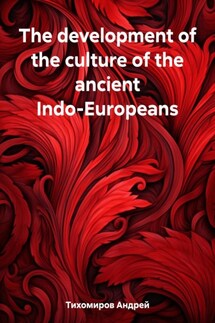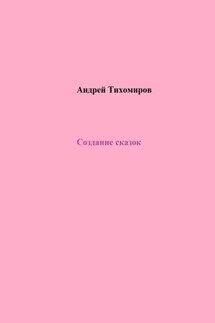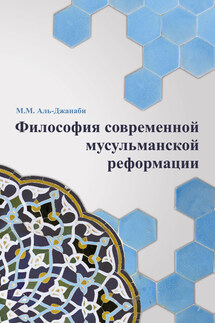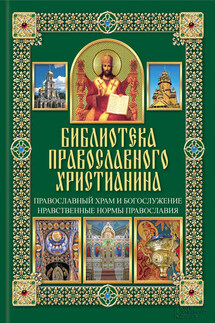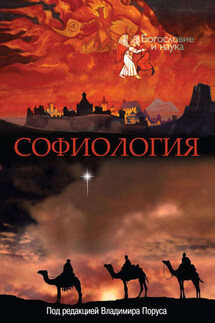Hallstatt culture – further development of Sintashty-Arkaim culture
The Hallstatt culture is the culture of the Indo—European tribes of the southern part of Central Europe during the Early Iron Age (approximately 1000-500 BC). Got its name from the Hallstatt burial ground, located near the city of Hallstatt (south-western Austria) near large deposits of salt, developed already at the beginning of the Iron Age. Probably, the entire existence of the population that left this culture was based on the extraction of salt and its exchange. The burial ground was opened in 1846 and has been systematically excavated since then. Until the end of the 19th century . about 2000 burials were opened, in which 2 chronologically simultaneous burial rites are combined almost equally: corpse-burning and elongated corpse-laying. Usually, corpse immolations contain richer inventory, belonging mostly to men. Next to the burnt ashes in the graves are clay and bronze vessels, swords and things that survived the fire. Graves were often enclosed in a circle of stones and covered with stones from above. Corpse–burning spread in Vedism – Brahmanism – Hinduism. The inventory of Hallstatt graves is extremely rich and versatile. A lot of bronze and iron weapons, bronze dishes and ornaments typical of the entire archaeological culture, called Hallstatt, have been found.
The main territory of distribution of this culture (Austria, Slovenia, Croatia, Czech Republic and Slovakia) coincides with the area of settlement of tribes that belong to the ancient Illyrians. The Hallstatt culture was also widespread in southern Germany, in the Rhine departments of France, where it is associated with Celtic tribes, and in the eastern part of the Po River valley in Italy. In the basins of the Oder and Vistula, the culture of the Late Lusatian tribes belongs to this era, which was one of the components in the ethnogenesis of the Slavs. The transition from bronze to iron took place gradually, and the initial stage of the Hallstatt culture is characterized by the coexistence of bronze and iron tools with an increasing predominance of iron. In the economy of the population, agriculture became increasingly important, in the technique of which the transition from the hoe to the plough and plow was made. The social system of tribes is characterized by the disintegration of patriarchal-tribal relations and the transition to the relations of class society.
The dwellings of this culture are open in a number of those places. These were wooden pillar houses with an inner courtyard surrounded by buildings arranged in the form of the letter "P", having similarities with the Vars in the Southern Urals. There are also semi-dugouts. The forms of settlements are diverse and correspond to the economic foundations of various stages. There are pile settlements. The most common type is a village with a proper street layout, weakly fortified, but still surrounded by a palisade and a moat. Salt mines, copper mines, iron-smelting workshops and forges have been well explored. Due to the preservative properties of salt, tools are found in salt mines: axes, chisels, as well as remnants of clothing made of animal skin or woolen fabrics painted in different colors. In the copper mines, the sinking of the rock was carried out with the help of fire. A large amount of charred wood, copper and bronze picks, wooden buckets and gutters, pillars that served as props, etc. are found in the tunnels. The ore extracted from the mines was crushed on special stone slabs with the help of large stone hammers. Further processing was carried out in roasting and melting furnaces. The remains of a large Hallstatt forge were found in Moravia (Czech Republic), in the cave of the Bull Rock. Krits, hammers, tongs, anvils, stone foundries were found there (later the cave in which the forge was located was turned into the tomb of a noble leader). The specialization of crafts was limited to metallurgy.
The Hallstatt culture is divided into 2 periods: Early Hallstatt time (1000-700 BC) and Late Hallstatt time (700-500 BC). In this culture, the transition from bronze to iron was made first of all in weapons. In the early Hallstatt period, iron swords repeated the shape of bronze ones: they expanded in the middle part of the blade. The hilts of the swords had a knob in the form of a bell or in the form of an arc facing upwards (resembling modern antennas). This culture is characterized by an abundance of daggers, hatchets, knives, iron and copper arrowheads and spears. Helmets are usually bronze conical, with wide flat brims, with crests, sometimes woven from twigs, with a sharp bronze bump at the top. The shells consist of separate bronze plates sewn onto the skin. Decorations are diverse. Most of all bracelets: women wore bracelets not only on their hands, but also on their feet. Most of the jewelry is made of bronze, but occasionally there are things made of gold, glass, amber and ivory. In the late Hallstatt, beads made of opaque glass, yellow with blue eyes, circled with white, are very common. Many bronze vessels have been found. Especially the widespread use of bronze for the manufacture of tableware began due to the gradual displacement of this metal from the production of tools and weapons. Among the various forms of bronze vessels, it should be noted situlas – truncated conical buckets, sometimes decorated with images. Hallstatt ceramics are original and rather monotonous in different countries. Most vessels are rounded, with narrow necks and flat bottoms. The surface of the vessel is rubbed with graphite, which gives it a characteristic black luster, and is ornamented with linear patterns. The vessels were made by hand, there was no potter's wheel yet. The burials indicate a significant social stratification and separation of the tribal nobility. In the Bull Rock, in Moravia, the burial of a noble leader was accompanied by the murder of 40 servants and slaves, whose skeletons were found there. The Hallstatt culture is gradually being replaced in the western regions by the so-called Laten culture.
